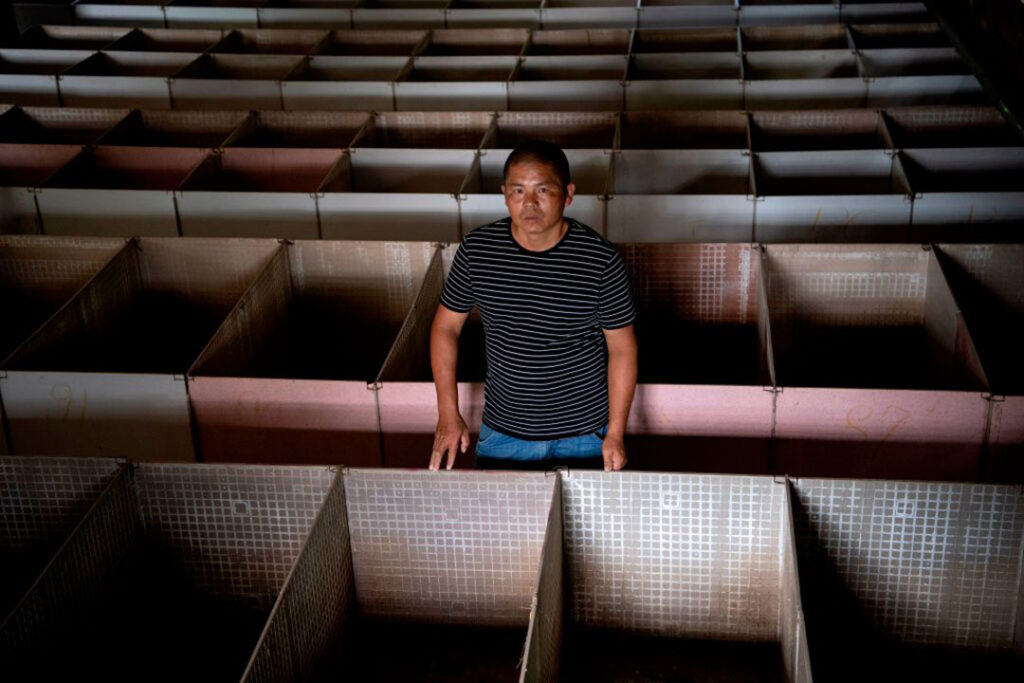ADF STAFF
As they continue to hunt for the origins of COVID-19, World Health Organization investigators are focusing on a likely source: wildlife farms in southern China.
Investigator Peter Daszak, a zoologist and expert in animal-to-human disease transmission, made that assessment in February in an interview with U.S. broadcaster National Public Radio.
“I do think that SARS-CoV-2 first got into people in South China,” Daszak said. “It’s looking that way.”
SARS-CoV-2 is the scientific name for COVID-19.
Southern China’s Yunnan province is home to the horseshoe bat, which carries a coronavirus that is 96% similar to the one that causes COVID-19. Bats are used in some traditional Chinese medicine (TCM) formulations. Handling them can spread disease.
One hypothesis about COVID-19 states that it moved from bats to humans via an intermediate host. At the time of the outbreak in late 2019, vendors at the Huanan market were selling ferret-badgers, bamboo rats and rabbits. All of those can contract COVID-19.
The potential that farmed wildlife could have spread COVID-19 prompted the Chinese government to shut down the industry shortly after the outbreak began and order farmers to destroy the animals they were raising for market.
China began encouraging its rural citizens to farm wild animals in the late 1970s to reduce poverty. The plan was simple: Farmers would go into the countryside, catch wild animals, breed them as if they were cattle or pigs, then sell them as food, fur or TCM components.
By the time COVID-19 arose, wildlife farming was a $74 billion industry employing more than 14 million people across China.
The list of farmed wildlife runs from bats, civets and deer to racoon dogs, pangolins, porcupines and snakes. Many are sold as exotic foods in markets like those in Wuhan, where they mix with bats and other potential disease sources.
Scientists found that civets were the intermediate species that allowed the 2002 SARS outbreak to move from horseshoe bats to humans in southern Guangdong province. The sale of civets was banned briefly in 2003.
China’s ban on wildlife farming applied only to animals sold as food, not those raised as pets or for other uses such as TCM. That exempted farms that raise tigers, bears, and even rhinoceroses to harvest their body parts for use in TCM.
Chinese authorities argue that farming such creatures promotes conservation and reduces poaching of their wild relatives — claims that wildlife advocates, such as Allan Thornton, president of the nonprofit Environmental Investigative Agency, say are false.
According to Thornton, wildlife farming actually drives up poaching because TCM customers see products associated with nonfarmed animals as more potent than farmed versions.
Pandemic-related revisions to China’s Wildlife Protection Law reclassified some farmed wildlife as livestock, exempting them from the ban. That included racoon dogs, which are raised for their fur but also are capable of transmitting COVID-19.
In response to a news story about a growing list of Chinese and Western fashion designers refusing to use fur in their clothing, Daszak responded on Twitter: “Promising developments – the fur trade into & out of China includes farm-bred raccoon dogs which can be infected by SARS-CoV & SARS-CoV-2. This will be good for biodiversity & our health!”

